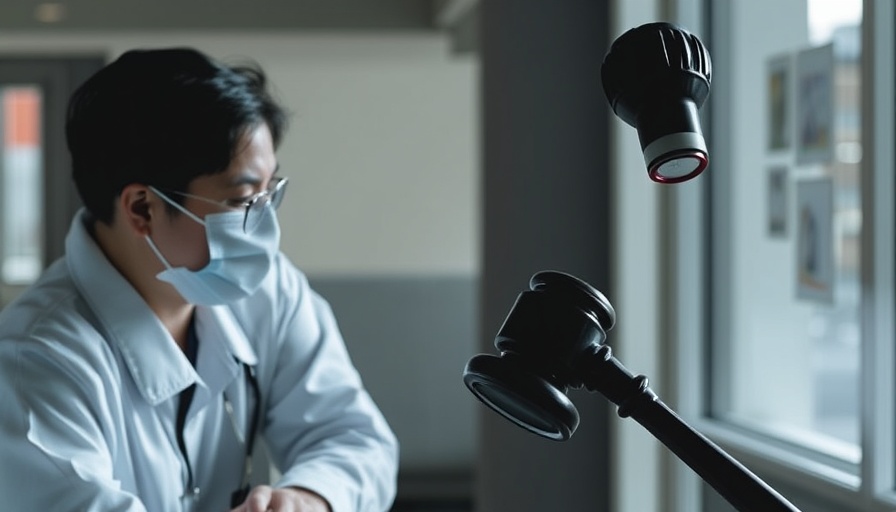
The Fallout of Workplace Culture Exposed
In an evolving narrative surrounding workplace dynamics, Astronomer's CEO Andy Byron recently found himself under fire after a viral video surfaced showing him in the company of a colleague at a Coldplay concert. This incident has ignited discussions about the organization's culture, suggesting a troubling undercurrent of toxicity driven by possible favoritism and interpersonal conflicts. With an employee visibly aware of the CEO's alleged affair, social media users are questioning the work environment they operate within, pointing to signs of an unhealthy atmosphere.
Understanding the Signs of a Toxic Workplace
The episode at Astronomer is not just a personal scandal; it lights up a broader issue in modern workplaces—toxicity. Signs of such work environments often include favoritism, lack of transparency, and poor management. Employees may feel alienated or unsupported when these dynamics become prevalent. Mental health at work suffers, leading to decreased productivity, burnout, and increased turnover. In seeking to dismantle toxic cultures, companies must remain vigilant about the decisions their leadership makes and the impact those decisions have on morale and productivity.
Why this Matters to Employees
For individuals in the workforce, the implications of Byron's situation resonate deeply. The presence of toxic workplace behaviors can lead to a myriad of issues, including emotional exhaustion and disengagement. Those affected may struggle with underlying mental health challenges, recalling how toxic environments can spiral downwards if unchecked. As discussions grow around work-life balance, it is crucial to bring awareness to how leadership conduct shapes the cultures teams are part of.
Reflections on Company Culture
At the heart of this conversation lies a critical need for transparency and accountability in workplace relationships. A company must cultivate an environment where employees feel secure enough to voice concerns without fear of retribution. The Astronomer incident illustrates just how damaging rumors and perceived misconduct can be—not just for the individuals involved, but for the company as a whole. Encouraging open dialogues can mitigate misunderstandings and elevate the organizational culture.
Taking Action Against Toxicity
Addressing workplace toxicity involves more than just recognizing symptoms; it requires a concerted effort from both leadership and employees. Company values should prioritize mental health and foster a culture of inclusivity and respect. Tools like clear communication channels, regular employee feedback, and wellness programs can help build healthier work environments. Companies must not only react to incidents but actively pursue strategies to create safe and nurturing workplaces.
Proactive Steps for Employees
In light of the Astronomer situation, employees should focus on their well-being by setting boundaries and seeking support when necessary. Engaging in self-care strategies, while also advocating for a healthier workplace culture, are vital. Collective efforts can pave the way for comprehensive changes that benefit everyone involved. As we reflect on such incidents, it's a reminder of why maintaining a healthy workplace should be a priority for all organizations.
The conversation about workplace culture is more relevant than ever. It's not just news; it's a call for change. When organizations fail to uphold a positive atmosphere, the consequences can be devastating. Join others in the movement for healthier workplaces by advocating for transparency and respect, and sharing your thoughts on what fosters a positive work environment.
 Add Row
Add Row  Add
Add 




 Add Row
Add Row  Add
Add 

Write A Comment